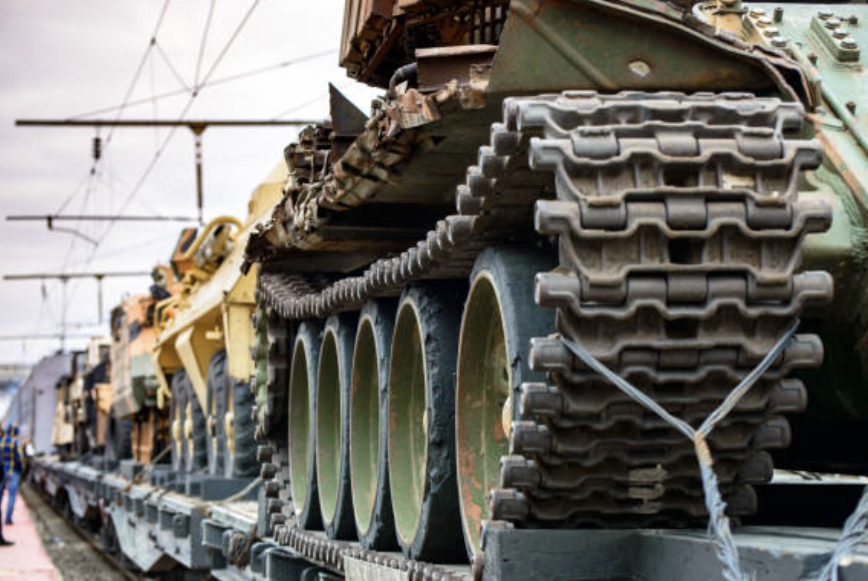
Posted on Sunday, April 14, 2024
Armored vehicles, designed for defense and security, require exceptional durability, precision, and reliability. Behind their robust construction lies the expertise of metal fabrication. From bulletproof panels to turret mounts, metal fabrication processes ensure these vehicles can withstand extreme conditions and deliver top-notch performance.
This blog explores the role of metal fabrication in armored vehicle production, focusing on machines used, the components manufactured, a case study of creating a state-of-the-art armored personnel carrier, and frequently asked questions.
Project Overview:
The task was to develop a modern armored personnel carrier (APC) capable of accommodating 12 soldiers, offering maximum protection against small arms fire and IEDs (Improvised Explosive Devices), and featuring advanced turret capabilities.
Fabrication Process:
Outcome:
The APC was successfully delivered, meeting all operational requirements and receiving high praise for its durability and performance.
What is metal fabrication in the context of armored vehicles?
Metal fabrication in armored vehicle production involves shaping, cutting, and assembling metal components to build durable and functional vehicle structures capable of withstanding extreme conditions.
What are the key materials used in fabricating armored vehicles?
Common materials include ballistic-grade steel, aluminum alloys, ceramic composites, and titanium. These materials offer a balance of strength, weight, and resistance to impacts.
Why is precision important in turret mount production?
Turret mounts require exacting tolerances to ensure smooth rotation, accuracy in aiming, and reliability under high-stress conditions.
What are CNC machining centers, and why are they used?
CNC machining centers are computer-controlled systems that create precision parts. In armored vehicle production, they are vital for manufacturing intricate components like hinges, brackets, and mounting plates.
What is the role of robotic welding in armored vehicle production?
Robotic welding ensures consistent, high-quality joints that are critical for the structural integrity of armored vehicles, especially under extreme stress.
Metal fabrication is the backbone of armored vehicle production, combining precision, strength, and innovation to create vehicles that save lives and protect critical assets. From CNC machining to robotic welding, each step in the fabrication process plays a vital role in ensuring that armored vehicles meet the stringent demands of modern warfare and security.
Whether it’s fabricating bulletproof panels or assembling turret mounts, the metal fabrication industry continues to innovate, paving the way for safer and more effective armored vehicles.

Understanding Coil IDs, Mandrel Sizing, and Shear Pin Safety in Uncoilers
Posted on Wednesday, October 1, 2025
Mismatched sizes can lead to machine damage, downtime, and safety hazards — often evidenced by a shear pin failure.

How Coil Tensile Strength Affects Roll Forming and How to Adjust Your Machine
Posted on Wednesday, October 1, 2025
Changes in tensile strength can significantly affect the finished profile, causing misaligned bends, uneven edges, and out-of-spec parts.

Why Paint Cracks on an Embossing Line Running Pre-Painted Coil and How to Prevent It
Posted on Wednesday, October 1, 2025
This issue not only affects the visual quality of the product but can also lead to increased scrap rates and customer complaints.

The Most Popular Standing Seam Metal Roof Panels in the U.S. — A Comprehensive Guide
Posted on Monday, September 29, 2025
In this post, we’ll explore what panel styles and sizes are most popular in the U.S